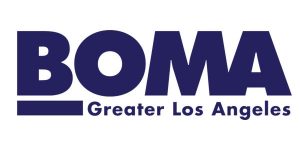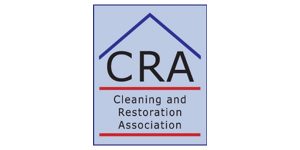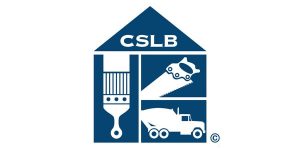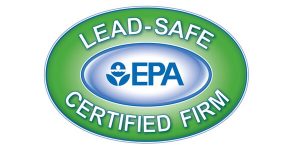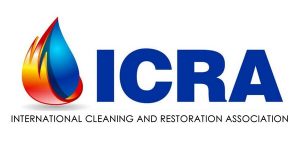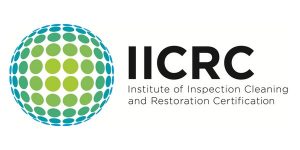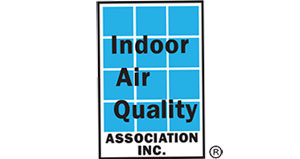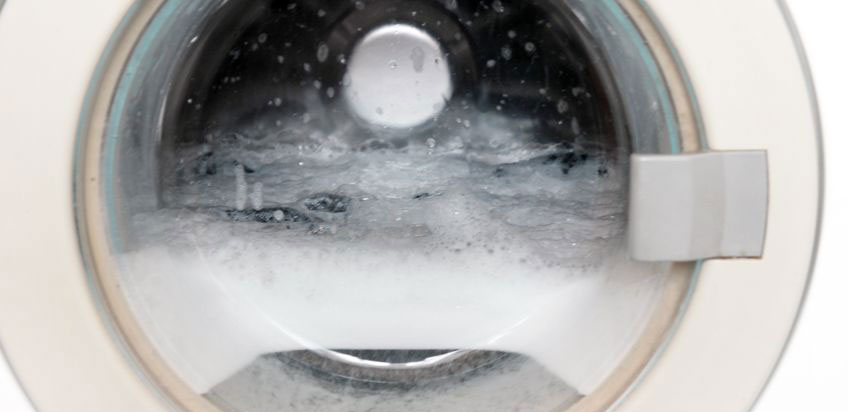
Water damage can take the form of an obvious disaster or hidden slowly progressing destruction. Regardless, aggressive drying to remove deeply-trapped moisture can keep mold, warping wood, and disintegrating drywall at bay. Many homeowners and business owners are surprised that the majority of insurance claims for water damage are caused by a plumbing or appliance failure, not major winter rains. Some sources claim that only 8% are a result of weather– that’s fewer than 1 out of 12. Any pipe, supply hose, or appliance can leak. We’ll touch on the most common problems. We’re frequently asked about insurance coverage, so we’ll consider that as well.
Water Damage From Plumbing
Old pipes, particularly galvanized iron, corrode and may leak or even rupture. And joints and fittings may fail, especially if poorly installed. The connections between pipes and water heaters, washing machines, and dishwashers are especially vulnerable. Even quality copper plumbing can develop pinhole leaks. All told plumbing failures failed connection lines, and burst pipes account for some 2/3 of home floods.
Top 7 Appliances Flooding Failures
Here are the most common appliance failures that lead to water damage, roughly in order of occurrence.
- Washing machines may overflow and inner workings can leak. But by far a ruptured supply hose is the most common source of flooding. When that happens they can dump 500 gallons of water per hour. That’s like 12 water-heater fulls. So it’s worthwhile to invest in a pair of steel-braided hoses. And check the drain hose as well as those supply hoses frequently.
- Hot water heaters are also among the top 5 sources of floodwater. Whether a ruptured tank or failed relief valve they also release hundreds of gallons per hour. But even small leaks can soon cause mold and other damage.
- Dishwashers are another common problem. But not with the mountains of foam like you see in commercials. Their supply hoses can also leak and rupture. Unlike washing machines, those connections are completely hidden. So proper installation is especially important, as is checking for dampness around your dishwasher and under the kitchen cabinet.
- Central air conditioners should have a drain for condensation. But if that becomes clogged you’ll soon have mold and perhaps other problems. So that’s another area to check from time to time.
- Ice maker connections and supply lines can also leak. Also, auto-defrost cycles may produce drainage.
- Toilet tanks and bowls can crack, but more commonly the supply line or its connections can spring a leak. Then there’s the dreaded backup and overflow. And less commonly the tank can overflow.
- Finally, showers can leak and bathtubs can overflow.
TIP: Don’t run your clothes washer or dishwasher when you’re away from home. Given a few hours, even a relatively small leak can become a big problem. Turn off their supplies if you’re going to be away for several days.
Insurance
We’re often asked “Will this be covered by my insurance?”
In General
In general, insurance companies enforce two main criteria.
- Did the water come from inside the home or from off the property (such as an overflowing lake, river, or creek or surface water accumulation). If it’s the latter only a flood policy will cover your losses.
- Was the source sudden and accidental, or gradual and preventable? If it’s the latter it’s very unlikely you’ll be reimbursed for repairs and restoration.
Your policy will typically include details on “covered perils” versus those that aren’t.
If the criterias are met homeowners policies should cover mitigation and water damage restoration but not repairing the source such as replacing a pipe, hose, or water heater.
In Particular
The good news is that water damage from burst pipes ruptured water heaters, and even burst washer hoses are usually covered.
The bad news is that slow leaks, sewer backups, and mold are usually excluded — although you may be able to purchase special coverage of riders for these.
Damage from frozen pipes should be covered, but not if the building was unoccupied and left unheated.
What To Do
Chubb Insurance says that about half of water damage claims aren’t fully reimbursed. Sometimes for valid reasons, but often the insurance company is trying to avoid a legitimate payout and claim that an appliance is too old or something was poorly maintained.
So it’s important to take responsibility and perform regular maintenance and inspections on your home or business and all that’s in it. And keep records of that. Act immediately on any signs, symptoms, or clues of a leak and file a claim immediately if there’s damage. But don’t correct the damage until their adjuster has had a chance to inspect. If you simply can’t wait, take lots of pictures! Our professional services immediately document the situation and perform the mitigation measures required by your insurer.

